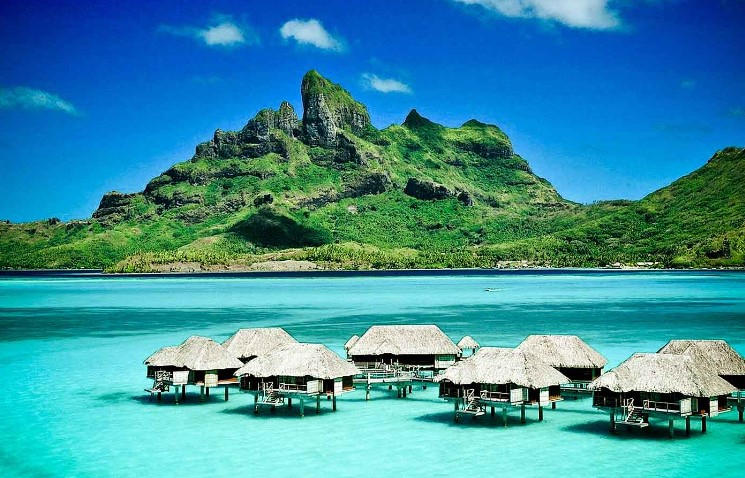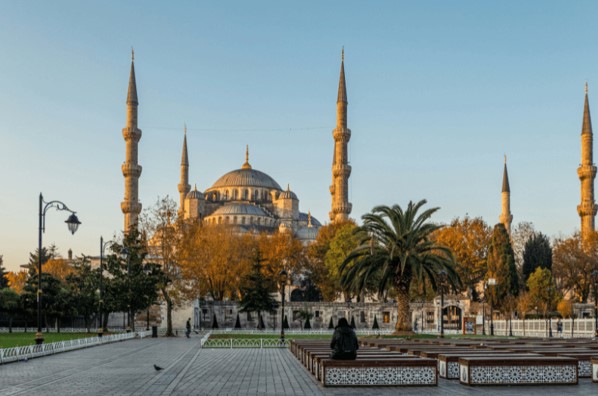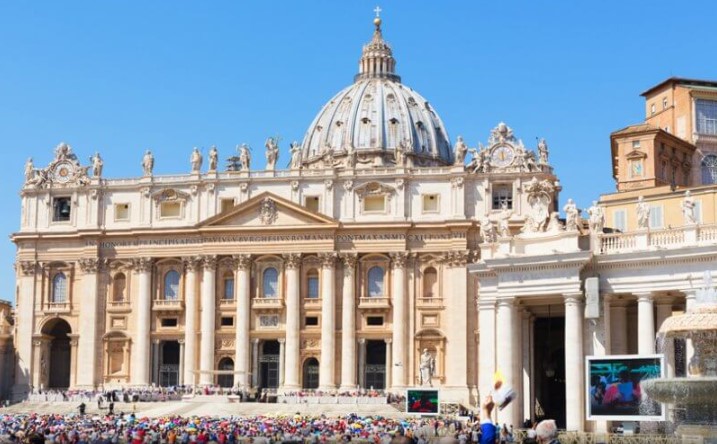Every delicious dish, ingenious solution, and amazing discovery comes from the same source: The innate human need to explore, create, and transcend. And lucky for us, nature has an unparalleled power to fuel that drive.
In the five-part content series Tasting Wild, acclaimed chef and entrepreneur Melissa King (winner of Top Chef: All-Stars Los Angeles Season 17), teams up with National Geographic scientists and photographers to experience nature’s creative force firsthand. Exploring different lands and ecosystems by way of the first-ever MAZDA CX-50, King goes off-road to source local ingredients to create dishes inspired by the essence of each place.
As a chef, King often pays homage to her Asian-American heritage by merging modern California cuisine with Asian flavors. Living and working in San Francisco, CA, much of her inspiration also comes from nature. By journeying with National Geographic to some of the wildest and most remote areas of the United States, she hopes to take her creativity to the next level.
On the Big Island of Hawaii, King meets up with National Geographic Explorer Andrés Ruzo to ascend the largest active volcano on the planet. Ruzo’s work has taken him to geothermal systems all over the world: from Iceland to the Boiling River of Peru, but it was here on the Big Island that he began his career as a volcanology student.
King and Ruzo hop in the CX-50 and cruise up curving mountain roads and steep gravel backroads with ease. They’re headed to Huehue Ranch and the ranch’s lush biodynamic garden on the western slope of Hualalai, another of the Big Island’s active volcanoes.
Established in 1886, Huehue is one of the three oldest ranches in Hawaii. Today, it’s an experiential learning center for ecological design and environmental stewardship. The garden was created by a master landscape artist who was able to convert rocky pastureland into fertile soil by rehabilitating the land and using organic matter found on the property. According to Ruzo, rich soils are created by bio-geochemical processes: rocks weathering, breaking down, and mixing with water, microbes, and organic matter over time.
Understanding the land and the origins of ingredients is an integral part of King’s cooking process. “The nuances of flavor really come from the land and the dirt where that product was grown. I’m really interested to see what we find, because that will be the starting point of the dish that I’m going to create,” she says.
They wander through the garden, tasting nasturtiums, picking limes, plucking ginger root from the dirt, and gathering perfectly ripe passion fruit that has fallen from the tree. “I feel like a kid in a candy store right now,” says King.
King and Ruzo take the foraged ingredients back to the CX-50 and start the ascent to the Mauna Loa Observatory. Mauna Loa, which means “Long Mountain,” covers half of the Big Island and rises 13,679 feet (4,169 meters) above sea level. It’s the largest active volcano on the planet, and though not as tall as its neighbor Mauna Kea, Mauna Loa is much larger in volume. On record, Mauna Loa has erupted 33 times, most recently in 1984.
As they drive higher towards the observatory, King and Ruzo experience just how dynamic the weather on Mauna Loa can be—from stillness, sunshine, and rainbows to wind and sideways rain, to cold, dark, and cloudy—and all in a few hours. Standing on Mauna Loa with a view of neighboring Mauna Kea, Ruzo says, “Both of these are active volcanoes. We’re looking at beautiful, creative forces coming in from deep within the Earth, forming some of the newest land on the planet.” For King, the enormity and significance of these living mountains is palpable. “You can feel the energy and the power of this place. It’s beautiful,” she says.
They grab their mountain bikes off the CX-50’s trailer hitch bike carrier and pedal up the volcano to see one of Ruzo’s favorite geologic features commonly found on the Big Island—underground passageways known as lava tubes. Biking at such a high elevation, where the air is thin, isn’t easy, but for King, it’s necessary. “As a chef, a lot of my inspiration comes from pushing myself as far as I can to create dishes that I never thought I could,” she says.
At the entrance to the tubes, Ruzo explains that when the lava flows, it’s so hot that it melts its way into the earth. The outer edges of the flow start to harden and crust over top, forming an entire cave system beneath the surface. “This is what ultimately built the island,” says Ruzo, pointing out layer upon layer of old lava flows. Seeing the lava drippings and flow bands, now hardened into rock, King is reminded of the culinary technique of sugar pulling—the heating and shaping of sugar into glossy, smooth shapes, often with a hollow center.
Just before dusk, King and Ruzo bike back to the car to catch the sunset. With the sun down and the stars out, they sink into the seats of the CX-50 and stargaze through the panoramic moonroof, catching a glimpse of the Milky Way. Reflecting on everything they’ve seen from the volcanoes to the stars, King is in awe of nature’s larger-than-life creative power. “I just feel so tiny today,” she says with a laugh.
The next day, Ruzo takes King to a black sand beach in Kiholo Bay to see where the lava meets the ocean. Ruzo explains the science behind the different colored sand on beaches. “It’s all about the minerals. Lava cools into rock, then over time, it can erode into tiny pieces, turning it into sand,” he says. He points out lime-green olivine crystals—a major mineral found in Earth’s mantle—in the black sand. When the volcanoes erupt, they can transport minerals from deep within Earth’s core up to the surface.
They look for a spot on the beach where King will make a dish inspired by their journey, and the power and spirit of the island. She sets up a makeshift station and prepares crudo—a raw seafood dish typically dressed with oil, citrus, and seasonings. She takes out a filet of local white fish called nenue that she cured in seaweed picked from the ocean. It’s a Japanese technique called kombu-jime that’s used for curing fish and other ingredients between two kombu leaves from the kelp plant.
King makes a broth with the curing liquid. She scoops in fresh passion fruit, one of her favorite fruits on the island, with a color reminiscent of lava. Then, she adds the fresh citrus and ginger they gathered at Huehue Ranch. She tops the crudo with sea beans and pickled shallots for texture, and nasturtiums for their peppery flavor. King finishes the dish with Sichuan chili oil for heat, a choice inspired by the active volcano Mauna Loa, and black lava salt, to honor the black basaltic lava sands around them.
King pairs the crudo with a Chinese hibiscus tea with ginger, and she and Ruzo sit down to enjoy their meal. King thanks Ruzo for introducing her to the undeniable power of Hawaii’s Big Island. “This trip was such a gift. It’s impossible to not be struck by the beauty and magic here. And I just feel so enriched as a chef and as a person,” says King.
Watch the full episode and the entire Tasting Wild series on Hulu and National Geographic YouTube.




More Stories
Beach Volleyball falls to Long Beach State in Big West Championship
Hawaii’s Hill, Long Beach State’s Valenzuela eager to match wits
Hawaii blocks some Waikiki sands for seal pup